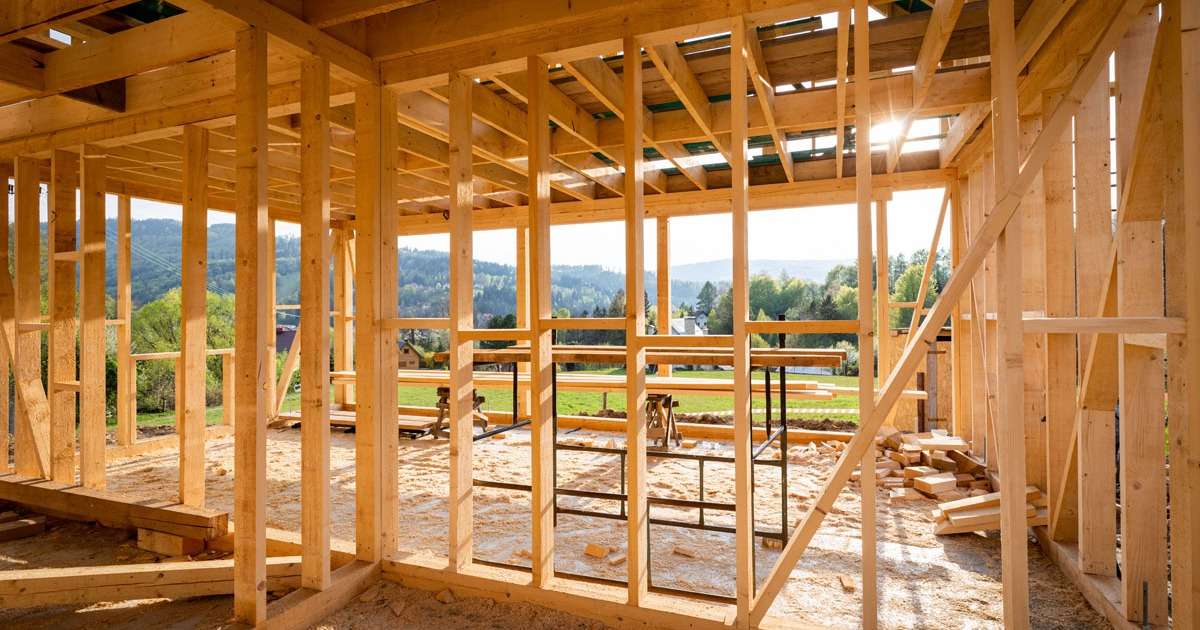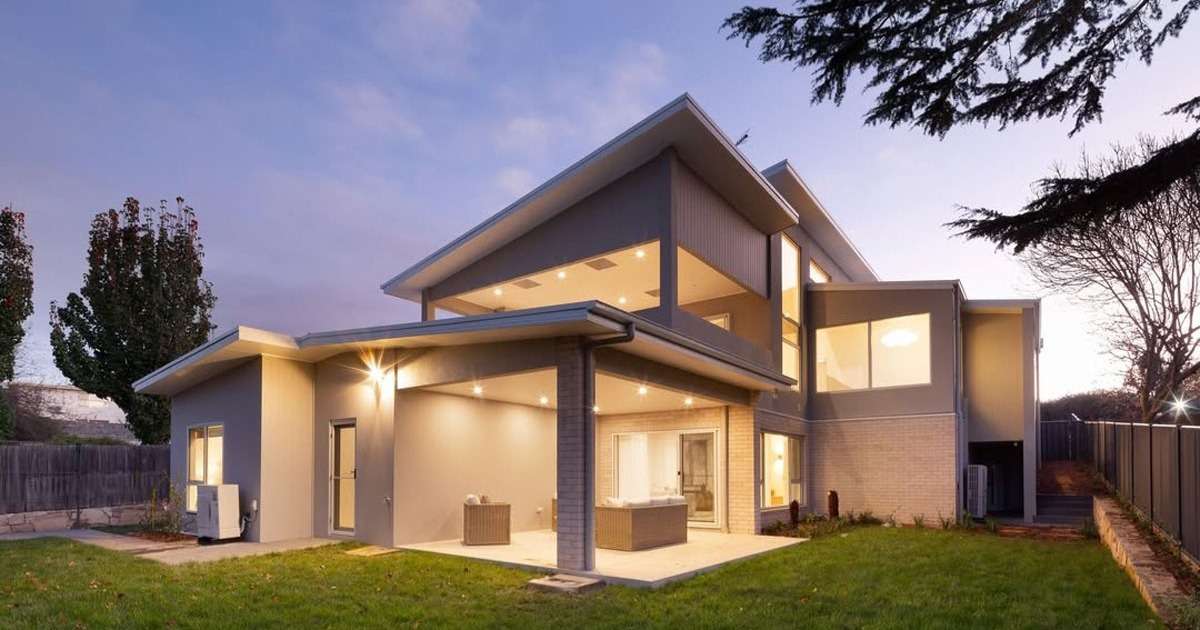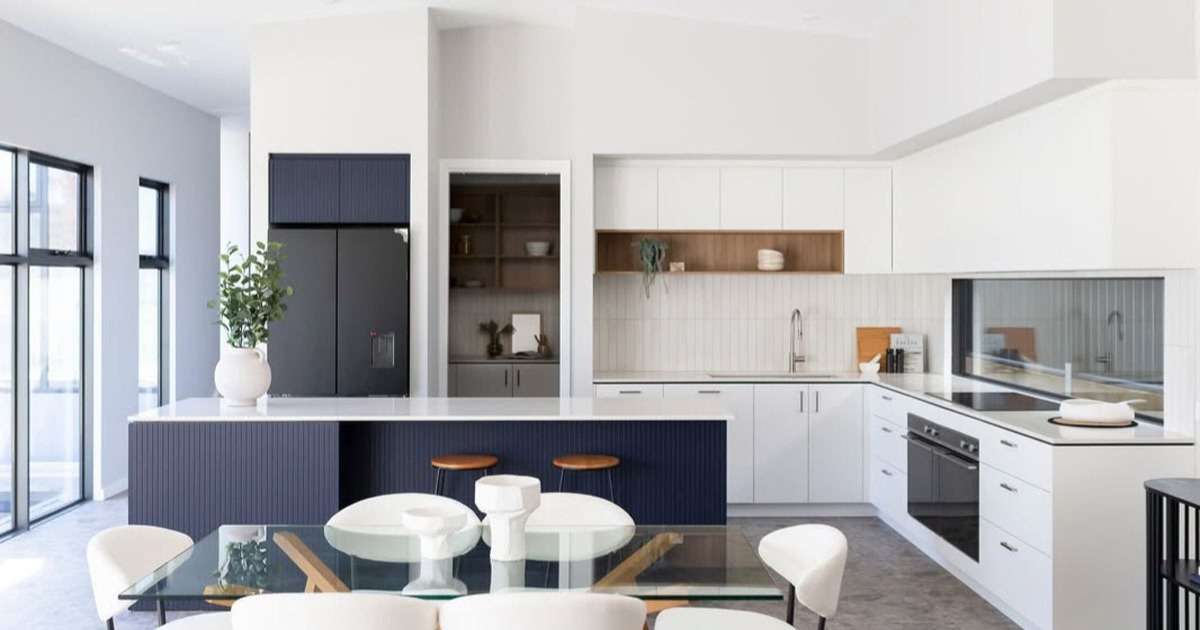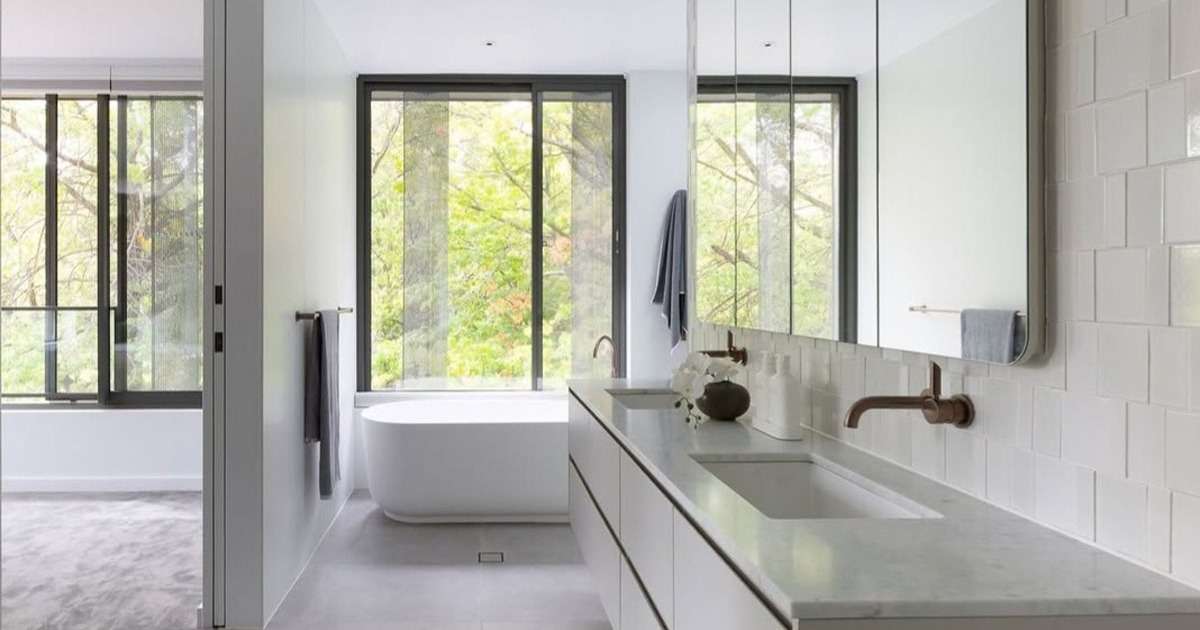Steel frame vs. timber frame? If you're planning a knock down rebuild or new custom home, this question can feel overwhelming. At Como Projects, we believe an informed client is an empowered one—so we’ve created this ultimate guide to help you decide which framing option best suits your needs, location, and budget.
From cost and construction efficiency to energy performance and sustainability, here’s everything you need to know when choosing between a steel frame and a timber frame.
1. Which Frame Is More Cost Effective?
Short answer: timber.
Timber frames are generally cheaper in terms of raw material and manufacturing. They’re also easier to work with on-site, offering flexibility during construction.
However, steel frames can offer long-term cost benefits. Although the initial material cost is higher, prefabrication reduces on-site labour and waste. Steel is also pest-resistant and doesn’t require chemical treatment, which lowers maintenance costs over the lifetime of the home.
In summary:
- Timber: Cheaper upfront, versatile, easier to modify on-site.
- Steel: Higher upfront cost, low maintenance, potential long-term savings.
2. Which Frame Is More Time Efficient?
Steel frames are precision-engineered off-site using computer modelling, which ensures they meet all structural requirements. This can speed up on-site construction—but it comes with a longer lead time in the prefabrication phase and less flexibility once work begins.
Timber, on the other hand, is widely available and easy to assemble on-site. It allows for adjustments during the build—perfect for last-minute design changes like moving a wall or adding a niche.
In summary:
- Steel: Faster on-site, longer prep time, less flexible during construction.
- Timber: Quicker to source, more adaptable, ideal for bespoke builds.
3. Which Frame Is More Energy Efficient?
The thermal performance of your frame affects how much energy it takes to heat and cool your home.
Timber is a natural insulator with low thermal conductivity, making it more energy efficient in fluctuating climates like Canberra’s. Steel, by contrast, has high thermal conductivity, which can lead to interstitial condensation within walls or roof cavities—especially in environments with extreme temperature swings.
To counteract steel’s conductivity, more insulation is often needed, which can increase your environmental footprint.
In summary:
- Timber: Naturally insulative, better energy performance, especially in variable climates.
- Steel: Requires more insulation, less energy efficient in hot/cold climates.
4. Environmental Impact: Which is Greener?
Steel is 100% recyclable and allows for strong structures with less material, reducing its impact on the site. However, the energy-intensive manufacturing process contributes significantly to global carbon emissions—around 4% of total Global Warming Potential.
Timber, as a renewable resource, has much lower embodied carbon. It sequesters CO₂, requires less industrial processing, and can be treated with natural resins for a more sustainable finish.
In summary:
- Steel: Recyclable, strong, but energy-heavy to produce.
- Timber: Renewable, carbon-storing, lower impact across the board.
5. Strength and Durability: Which Frame Lasts Longer?
Steel is incredibly strong, non-combustible, and resistant to pests and warping. It allows for clean lines, larger spans, and more modern architectural flexibility.
However, Canberra’s extreme temperature fluctuations (from -4°C to over 40°C) can cause steel frames to expand and contract, resulting in movement that may require additional barriers and bracing behind cladding. This contradicts the common belief that steel offers more stability than timber in every context.
Timber frames, while more susceptible to pests if untreated, perform better in Canberra’s climate in terms of movement and thermal stability.
In summary:
- Steel: Durable, flexible in design, but can move more in Canberra’s climate.
- Timber: More stable in extreme temperatures but requires pest protection.
Conclusion: Which Frame Is Right for You?
There’s no one-size-fits-all answer. Your decision should be based on budget, location, climate, and long-term sustainability goals. At Como Projects, our team works closely with you to ensure your home is built to last—with the right materials for your vision and environment.
In Canberra’s climate, we often recommend timber framing for its superior thermal performance and stability throughout seasonal changes.
Book a design consultation with Como Projects today to discuss the best structural frame for your knock down rebuild or custom home.
Sources:
Padilla-Rivera, Alejandro, Ben Amor, and Pierre Blanchet. 2018. *“Evaluating the Link between Low Carbon Reductions Strategies and Its Performance in the Context of Climate Change: A Carbon Footprint of a Wood-Frame Residential Building in Quebec, Canada.” MDPI 10.




